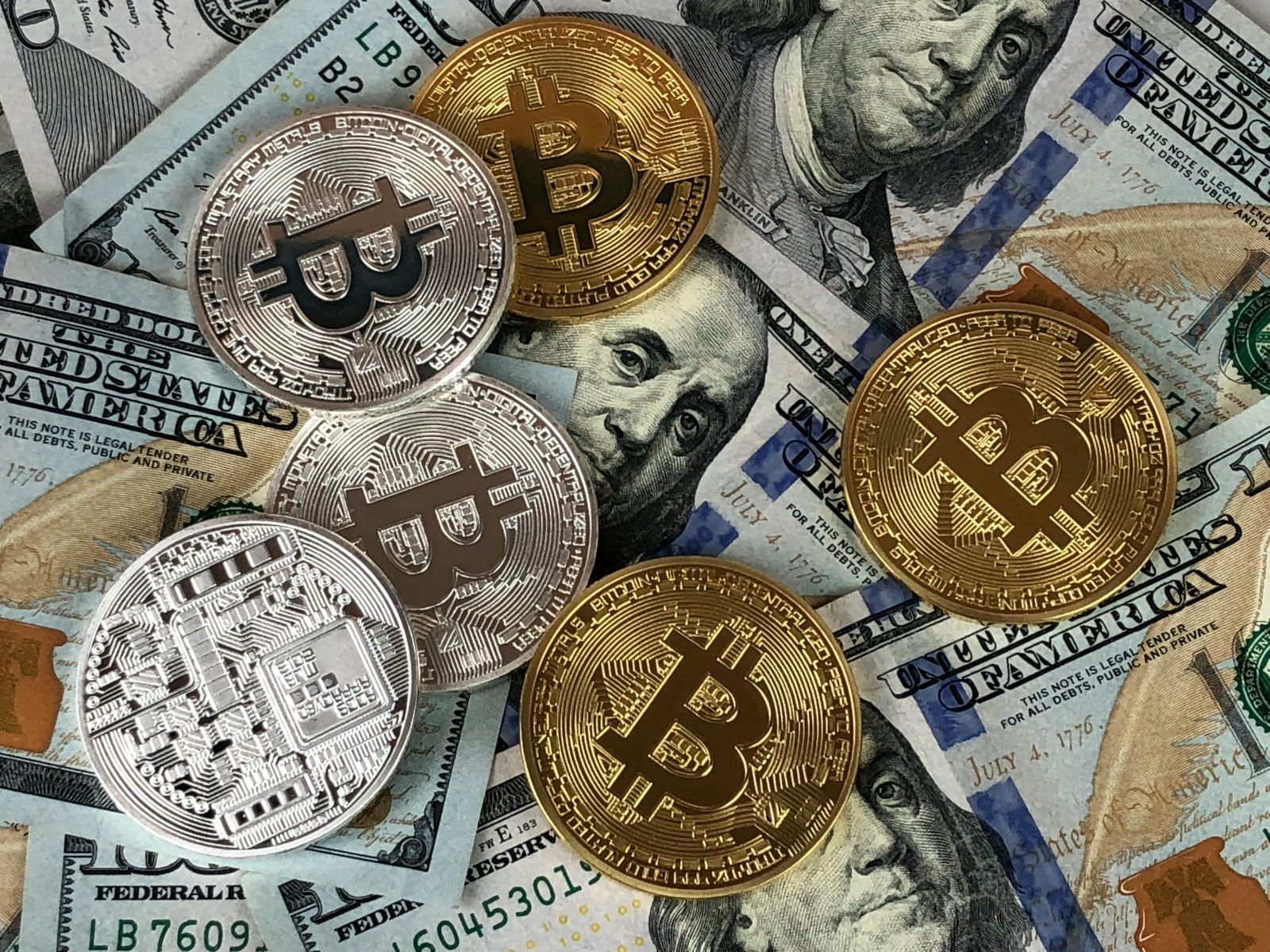
Cocoa is the primary ingredient in chocolate confectionery products. In a January 26, 2023, Barchart article, I wrote, “Cocoa prices have been grinding higher, and the potential for a significant rally to multi-year highs is rising in early 2023.” Cocoa futures did not take long to take off on the upside. ICE cocoa futures had been making higher highs and higher lows since late September, when the nearby May contract found a bottom at $2,188 and the continuous contract reached $2,192 per ton.
On March 1, the May futures price hit $2,856, the highest since December 2020, as cocoa became the final soft commodity to post a multi-year peak. The iPath Cocoa Subindex TR SM Index ETF (NIB) tracks the price of ICE cocoa futures higher and lower.
Cocoa’s trend is bullish
The long-term trend in the ICE cocoa futures market is marginally bullish.

As the monthly chart dating back to the late 1960s highlights, cocoa futures have made higher lows since reaching $674 per ton in December 2020.

The short-term March futures chart displays a bullish pattern. After finding a bottom at $2,188 per ton on September 26, 2022, May cocoa futures have made higher lows and higher highs, peaking at $2,856 on March 1, 2023. Cocoa appreciated by 30.5%. At the $2,735 level on March 8, the nearby futures were closer to the March high than the September low, and the trend remained bullish.
Cocoa is a unique soft commodity as production comes from West Africa
Cocoa thrives in equatorial climates, making West Africa the ideal region for annual production.

Source: Statista
The chart highlights the Ivory Coast is the world’s leading cocoa-producing country, with over twice the output of Ghana, with the second-top output.
About 70% of the world’s annual cocoa supplies come from West Africa. While the Ivory Coast and Ghana are the leaders, Nigeria and Cameroon are top-five producers.
Supply tightness in the Ivory Coast caused the most recent rally in the cocoa futures arena.
Inflation is a worldwide problem boosting all commodity prices
Cocoa is not immune from the highest global inflation levels in decades. It costs more to produce each ton of cocoa beans as energy and all other input expenses have dramatically increased.
While the world’s central banks are fighting inflation with monetary policy, rising interest rates are not addressing the supply-side issues created by the global supply chain in the global pandemic’s aftermath. Moreover, the ongoing war in Ukraine has caused many agricultural and energy commodity prices to rise significantly over the past year. Inflation’s impact has spanned the globe, and African countries have experienced higher prices.
The levels to watch in the cocoa futures arena
The recent $2,856 high on May ICE cocoa futures was the highest continuous contract price since December 2020.

The ten-year chart shows critical technical resistance at the November 2020 $3,054 per ton high, and technical support sits at the September 2022 $2,192 low. At around the $2,735 per ton level on March 8, cocoa is closer to the resistance level.
Over the past year, the other soft commodities have reached multi-year highs. Nearby world sugar futures probed above 22 cents per pound in February 2023, the highest price since November 2016. Arabica coffee futures rose to the highest price since 2011 in February 2022. Cotton futures also reached the highest level since 2011 in May 2022. Meanwhile, FCOJ futures traded to a new record high in February 2023. If the other soft commodities are a guide, cocoa could have lots of upside potential on the horizon. The 2011 high in the cocoa futures market was $3,826 per ton, over $1,000 above the current price.
NIB is the cocoa ETN product
The most direct route for a risk position on cocoa is the ICE futures and options. Meanwhile, the iPath Cocoa Subindex TR SM Index ETF (NIB) provides an alternative for market participants seeking cocoa exposure. At $29.72 per share on March 8, NIB had $17.32 million in assets under management. NIB trades an average of 11,648 shares daily and charges a 0.70% management fee.
Nearby cocoa futures rallied 30.5% from the September 2022 low to the March 1 high.

Over the same period, the NIB ETN rose from $23.02 to $31.12 per share or 35.2%, as the ETF did an excellent job tracking cocoa futures’ prices.
Bull markets rarely move in straight lines, but the price action in the cocoa futures market remains bullish on March 8. Buying cocoa on price corrections could optimal as it joins the other soft commodities in the current environment of higher lows and higher highs on routes to multi-year peaks.
More Softs News from Barchart
- Cotton Prices Mixed into Midweek
- Cotton Closes Red on Triple Digit Drop
- Arabica Coffee Posts Moderate Gains as Supplies Tighten
- Sugar Prices Underpinned by Global Supply Concerns
On the date of publication, Andrew Hecht did not have (either directly or indirectly) positions in any of the securities mentioned in this article. All information and data in this article is solely for informational purposes. For more information please view the Barchart Disclosure Policy here.


/A%20concept%20image%20of%20a%20flying%20car_%20Image%20by%20Phonlamai%20Photo%20via%20Shutterstock_.jpg)

/A%20concept%20image%20of%20space_%20Image%20by%20Canities%20via%20Shutterstock_.jpg)

/Oracle%20Corp_%20office%20logo-by%20Mesut%20Dogan%20via%20iStock.jpg)